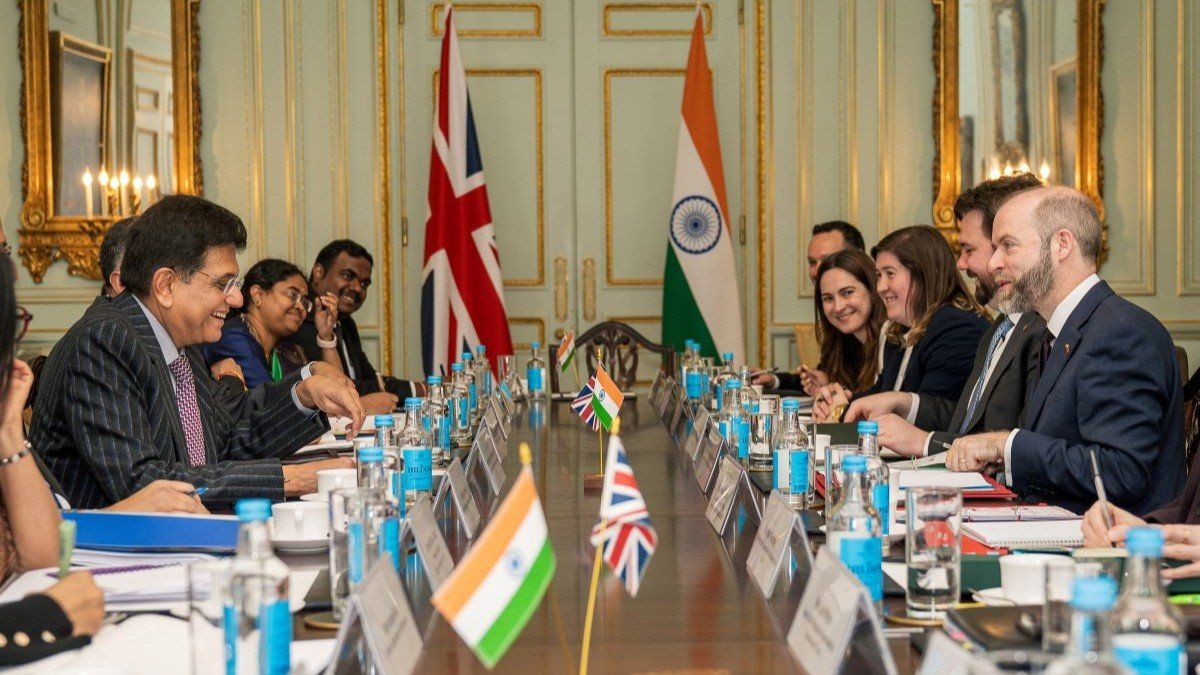UK Secretary of State for Business and Trade Jonathan Reynolds meets Indian Minister of Commerce and Industry Piyush Goyal for trade talks, in London, United Kingdom, on April 28, 2025.
The United Kingdom on Tuesday sealed its largest trade deal since leaving the European Union, inking a pact with India in a big political win for Prime Minister Keir Starmer.
The highlights: drink and drive. India’s tariffs on UK whisky and gin will halve from 150% to 75%, before falling to 40% over the next decade. Levies on UK auto products will also plummet from 100% to 10%, albeit with some quotas in place. The UK, in turn, will slash tariffs on Indian clothing, foodstuffs, and jewels.
UK-India trade surpassed $50 billion last year, and the deal is projected to add $35 billion a year by 2040.
Starmer succeeds where Sunak failed. Former PM Rishi Sunak had tried desperately to clinch a deal with India during his 20-month premiership.
The migration angle. The pact exempts Indians on short-term UK visas from paying social security taxes for three years – the UK right is already mad about that.
Mujtaba Rahman, Eurasia Group’s managing director of Europe, said the deal is “welcome news” for the UK government.
“However, the real test for Keir Starmer will be how far he can dismantle the trade friction with the UK’s biggest trading partner – the EU,” Rahman added. “That will require a bolder approach than we have seen so far.”
